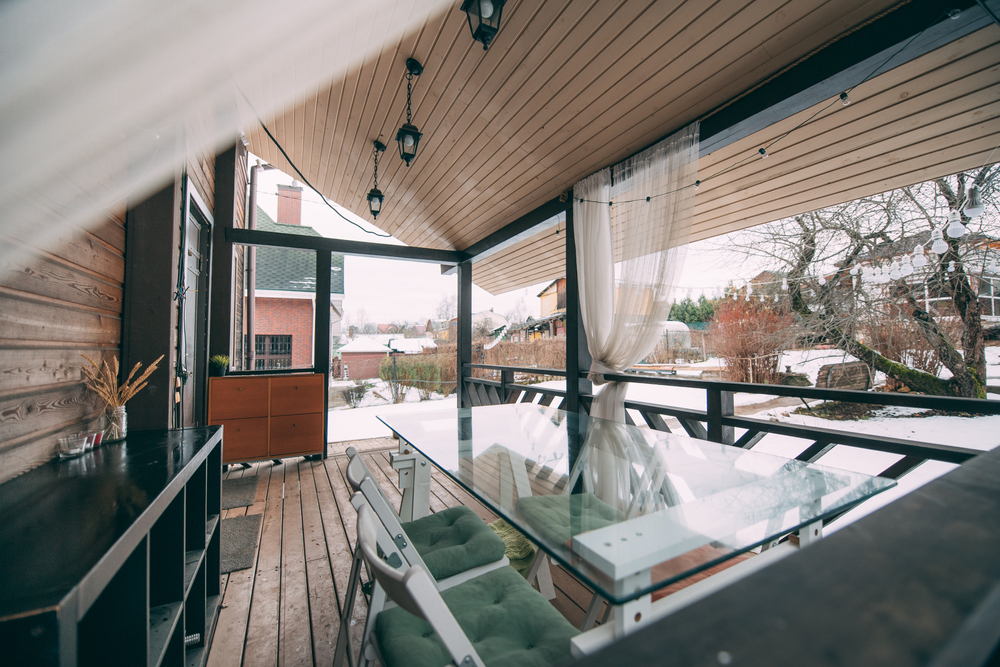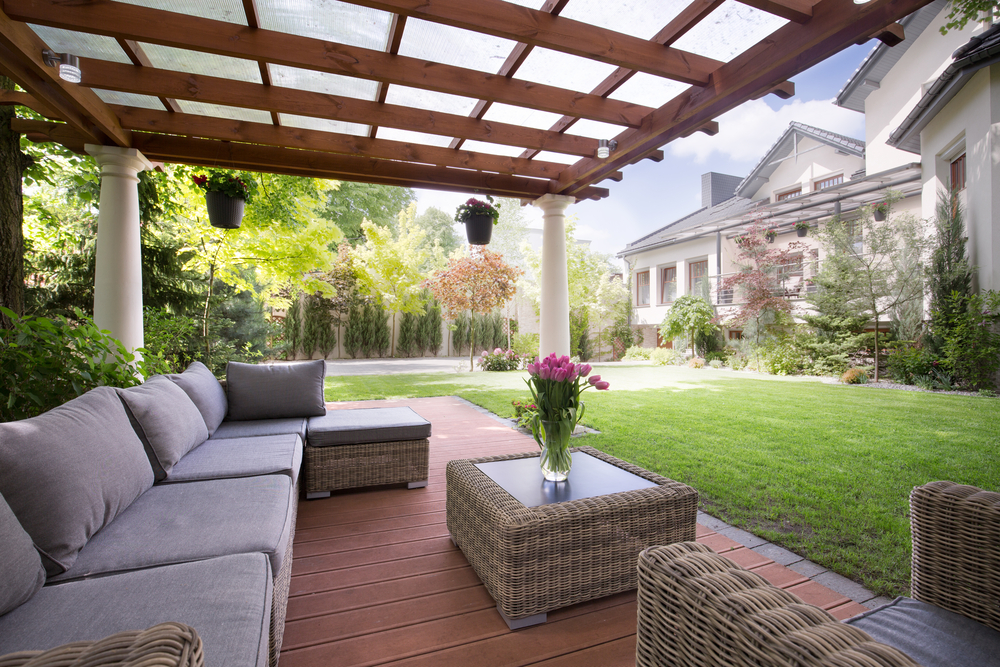A veranda is an exterior feature that covers at least one perimeter of a home, going along the outside part of the home’s walls. A veranda is an open-air space that has a roof but is not entirely enclosed. In most cases, a veranda has rails that stretch all through its length. Since verandas do not require to be elevated, they usually extend from the ground level of the house.
The word veranda is often used interchangeably with the names of other outdoor spaces like gazebos and porches. However, each of these spaces has distinct elements that set it apart from the rest. Unlike verandas that must be covered and attached to the house, the rest of the spaces may either be attached or built separately. Also, they may be roofed or left uncovered.

Advantages Of Having a Veranda at Home
- Extra storage space – Items that need to stay outside may be stored on the veranda. This shields them from harsh weather conditions such as heavy rain or high temperatures that can cause damage.
- Additional living space – Since the veranda is roofed, it is habitable and serves as an extension to the main living area.
- Shelter during unconducive weather – Regardless of the weather, one can still enjoy the outdoors. Whether it is rainy or very hot, the veranda is an ideal space that protects you from getting wet or burnt.
- Increased property worth – A home that has a high-quality veranda installed, is expected to have a higher value when evaluated for sale, compared to that without.
A veranda is therefore a structure that one should consider installing. To add a personalized touch to it, the space and the railings around can be embellished with customized designs, depending on the owner’s preferences. This enhances the experience of having a veranda.

